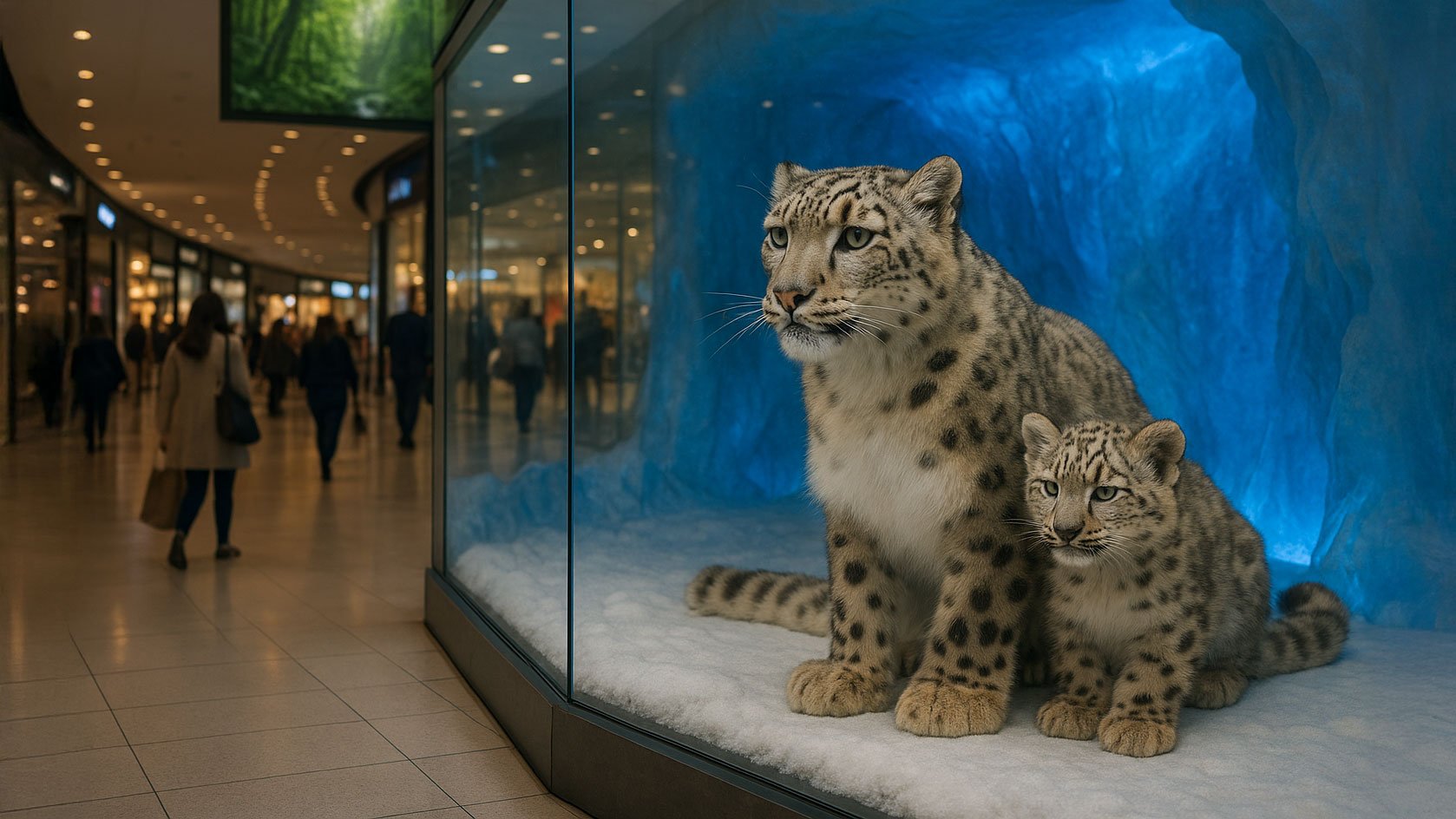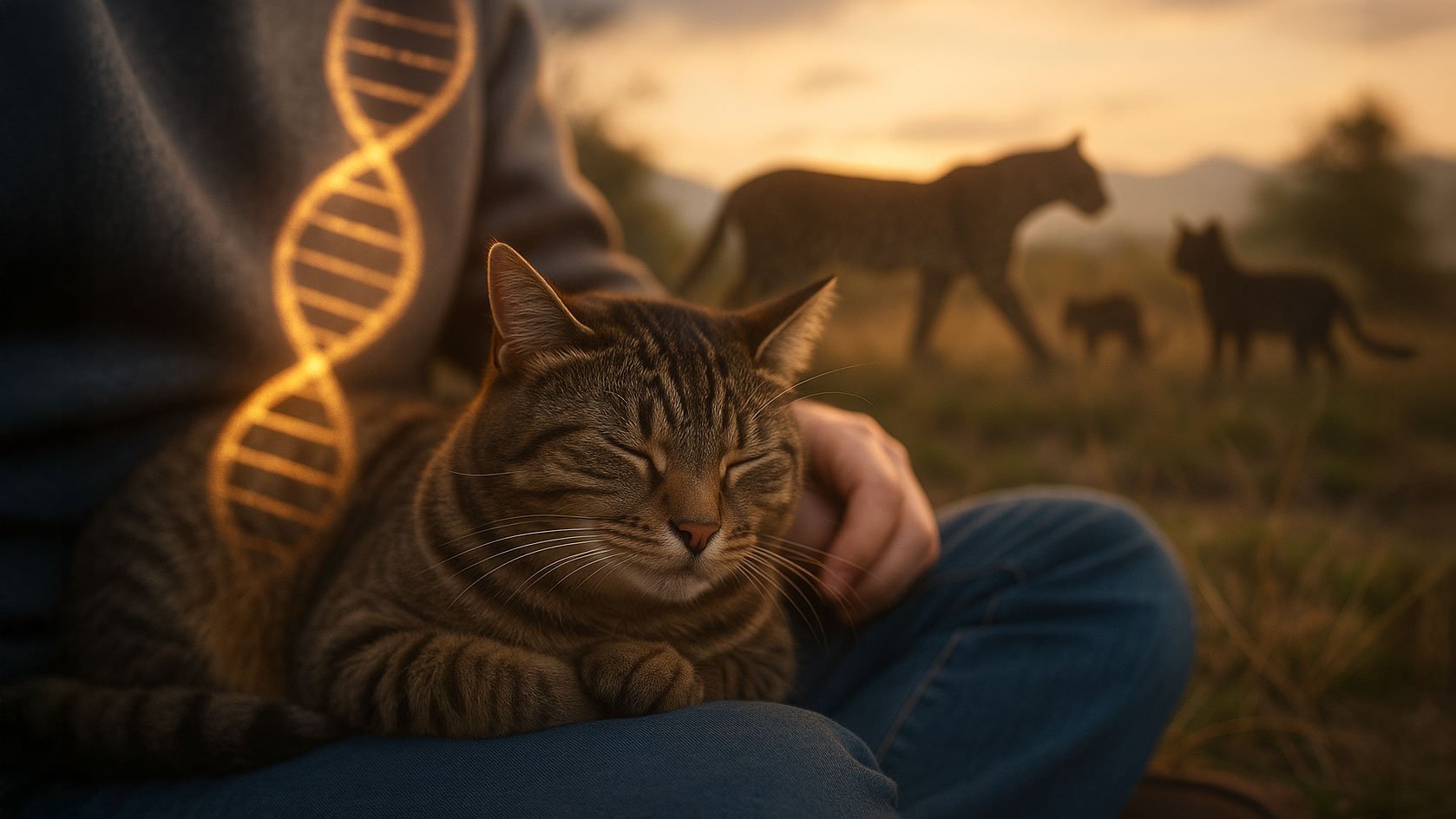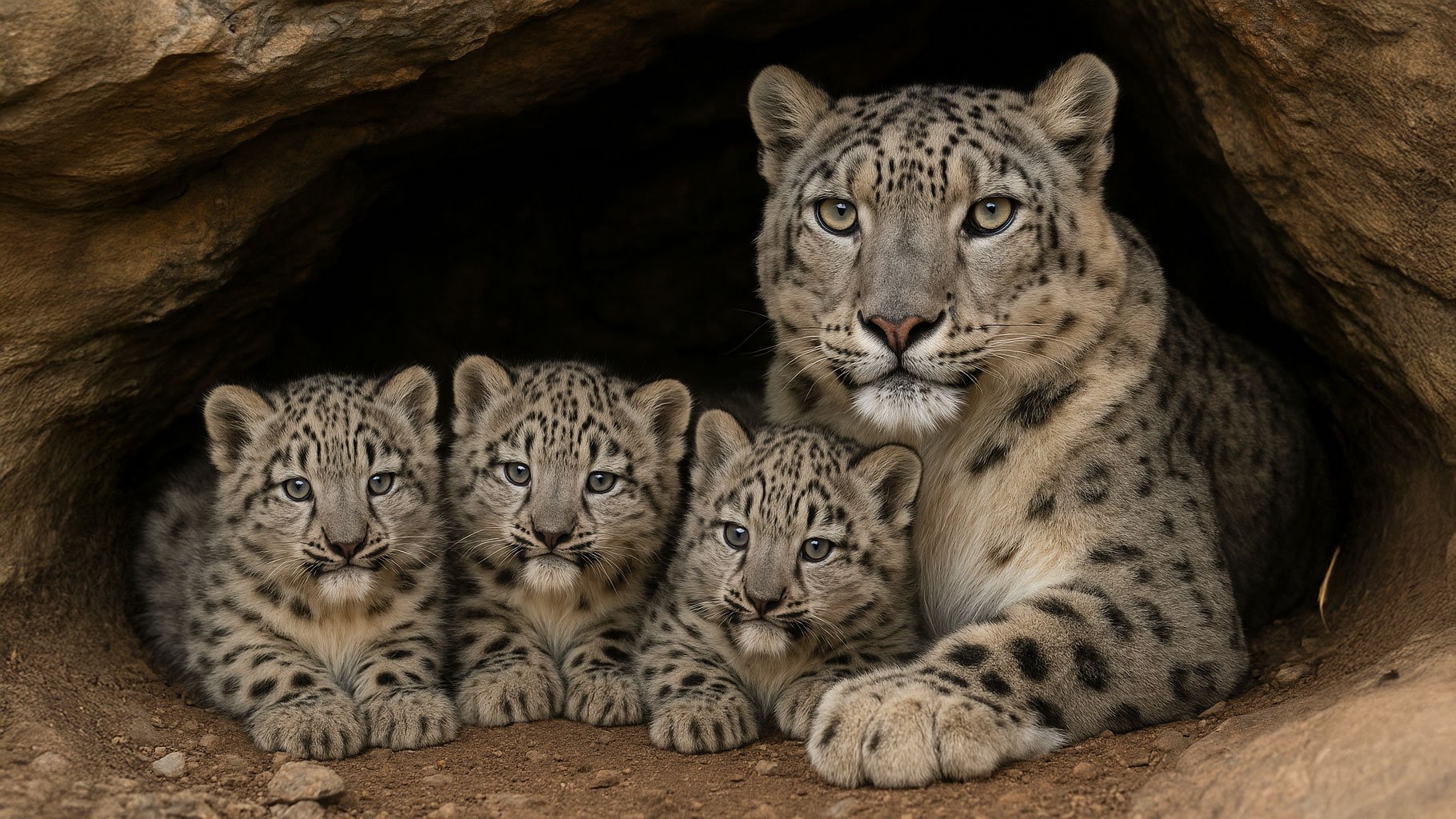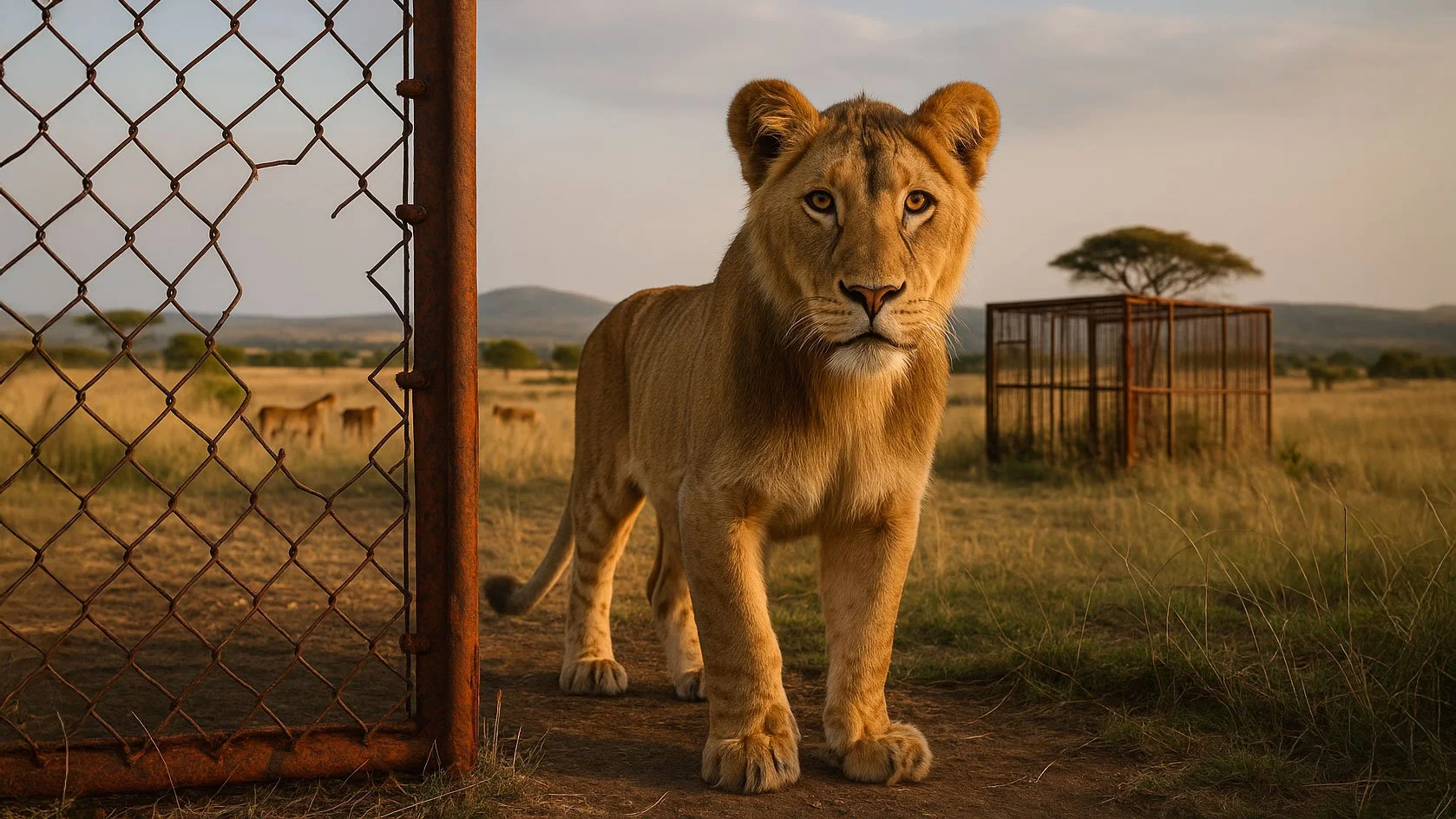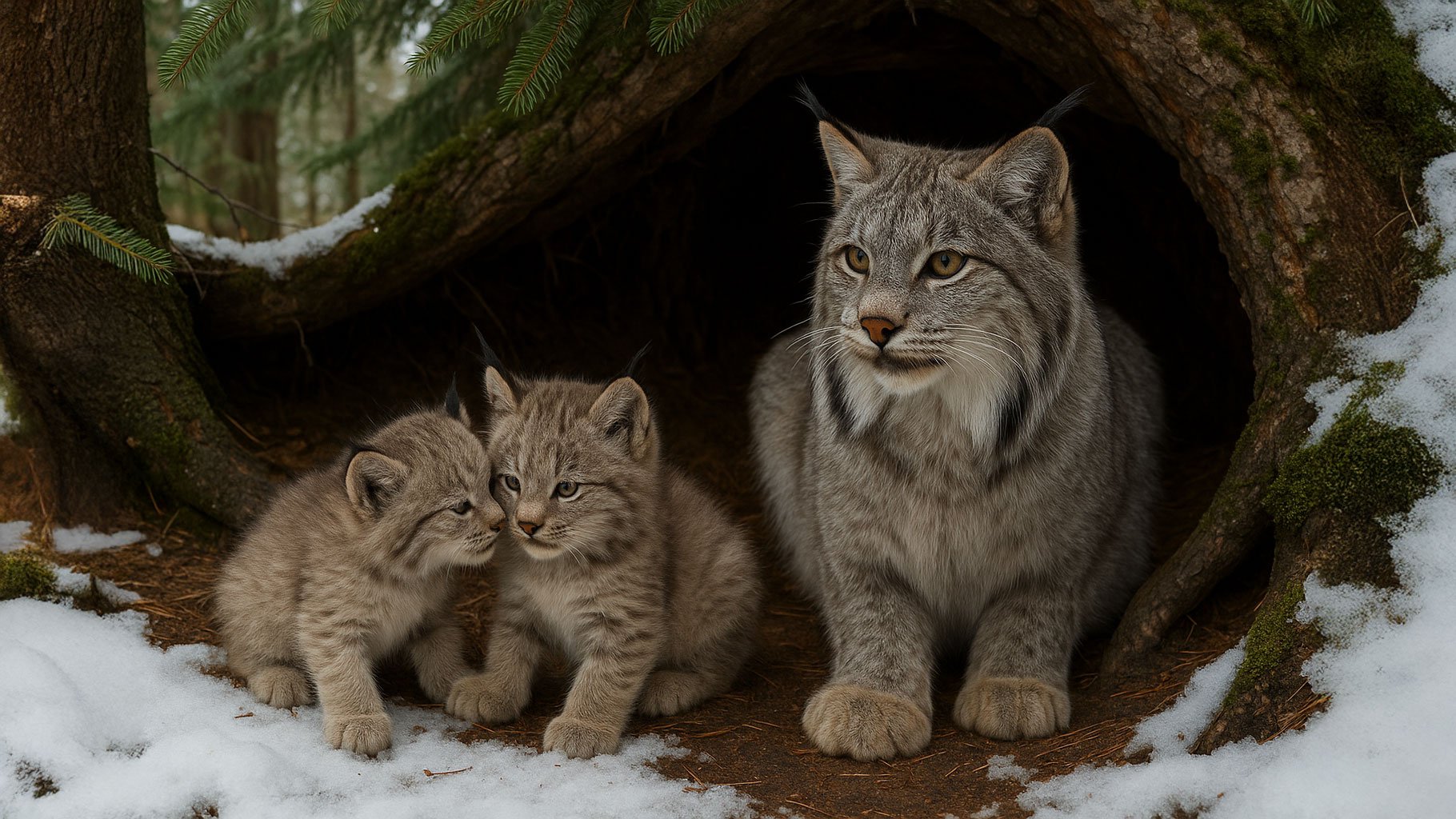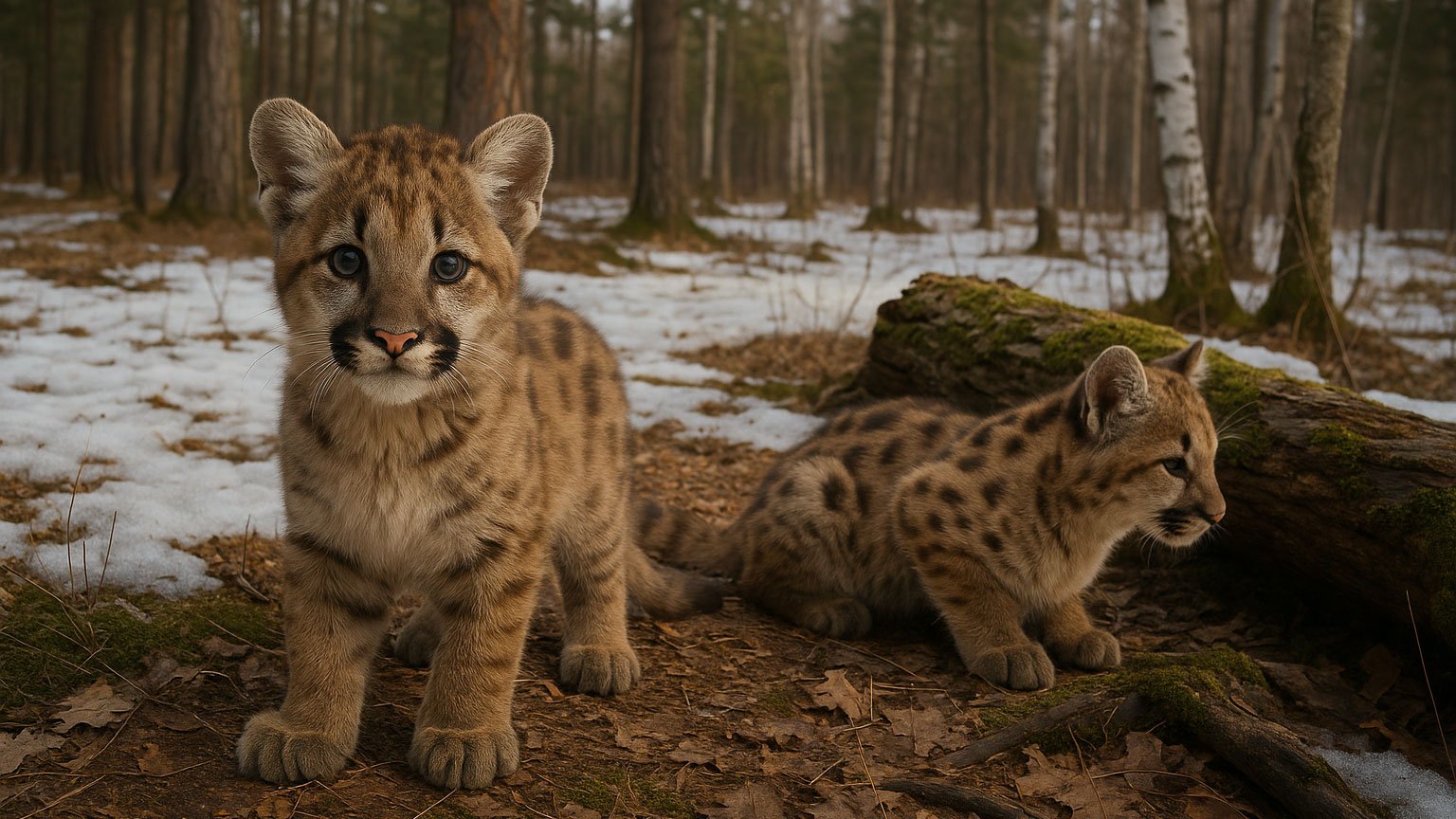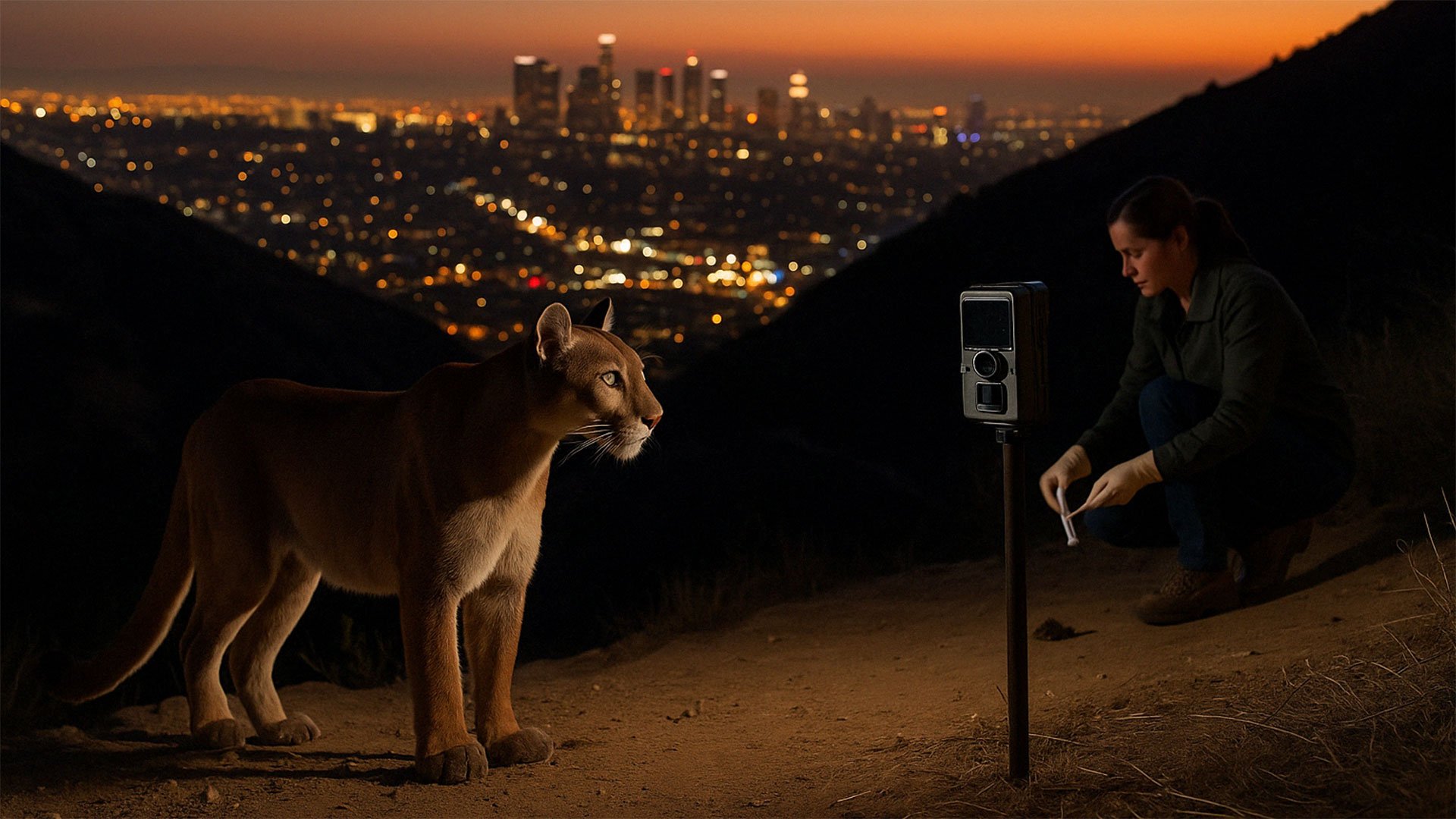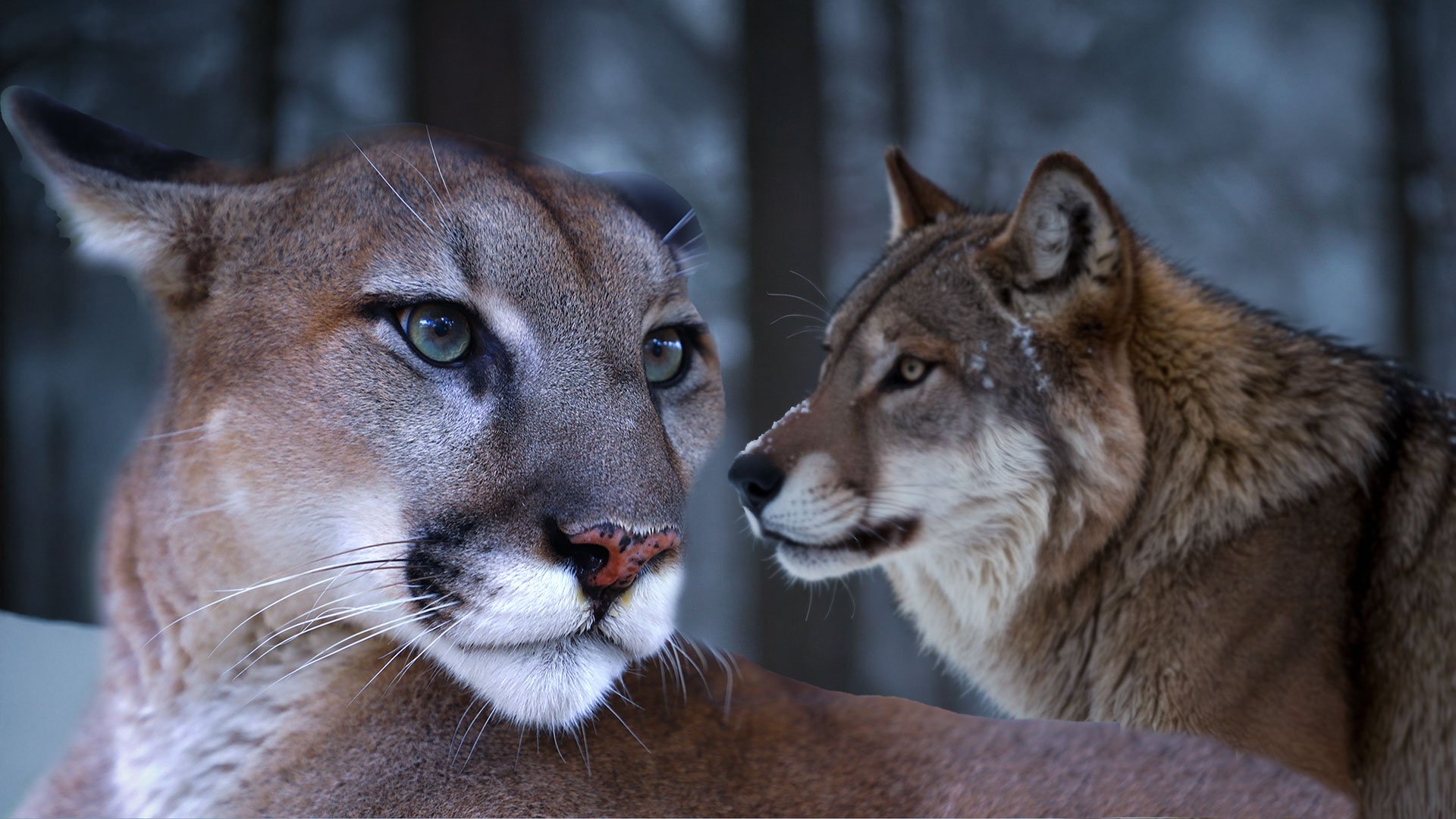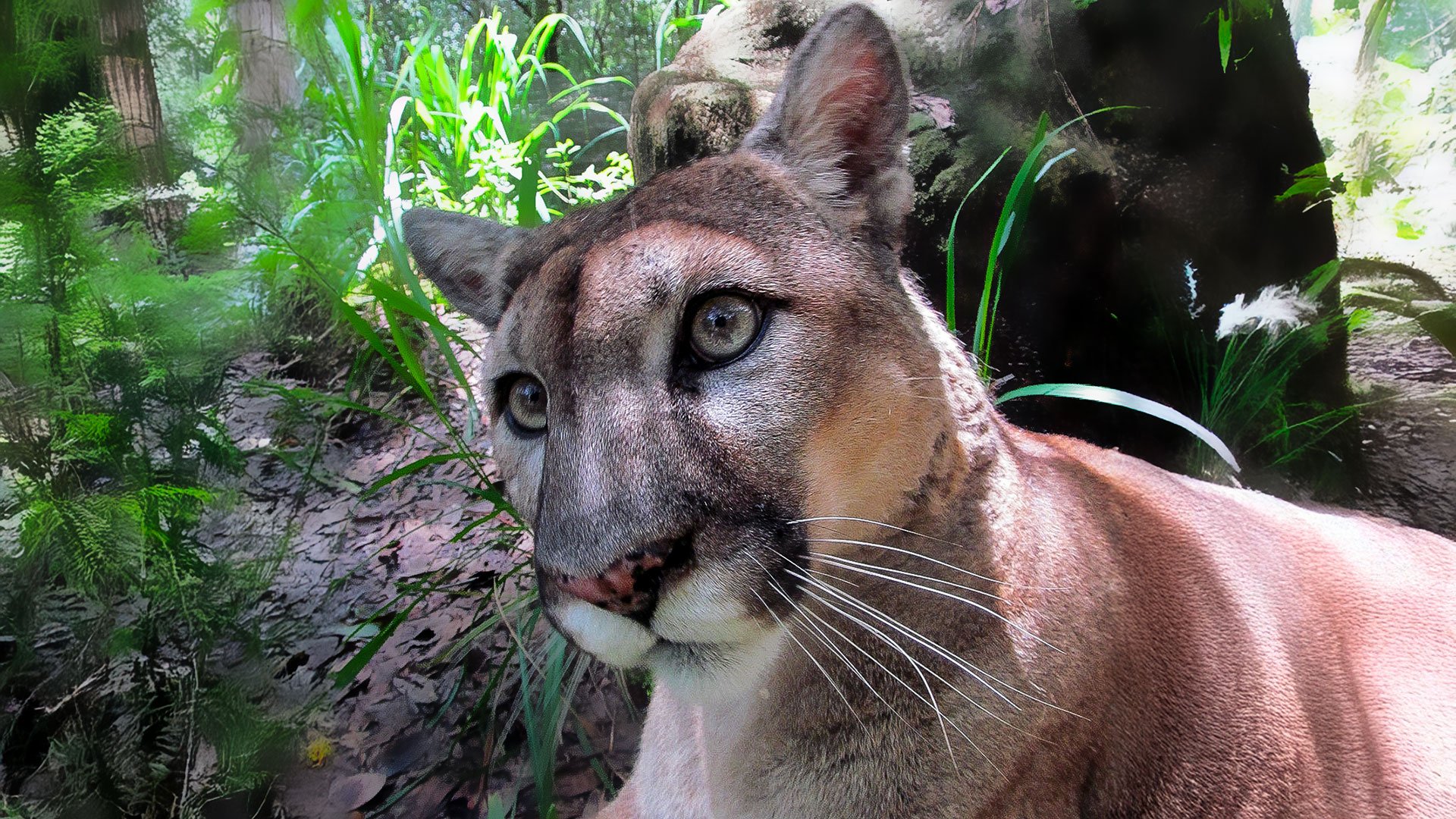Return of the Ghost Cats: Mountain Lions May Be Reclaiming Oklahoma
In the wind-swept tallgrass of Oklahoma’s prairies, something extraordinary stirred in the night. Hidden deep in Osage and Cimarron Counties, trail cameras captured fleeting but monumental glimpses: a mountain lion—a sleek shadow of the past—followed by a pair of spotted kittens. Then, another image surfaced. This time, a different lioness prowled beneath the stars, her three kittens padding softly behind her in the panhandle’s Cimarron County. Two different sightings, 400 miles apart. Two lionesses. Five cubs. One remarkable revelation: mountain lions may be returning to Oklahoma.
For the first time in over a century, state biologists have confirmed evidence that these elusive big cats are not merely passing through—they’re breeding.
Once Lost, Now Found
Mountain lions, also known as cougars or pumas (Puma concolor), once roamed across the vast forests and plains of North America. But as settlers arrived in the 19th century, fear and rifles followed. Oklahoma’s mountain lions were hunted to near extinction. Their primary prey—deer—were similarly decimated, pushing the cats out of their homeland. By the early 1900s, they were all but gone, becoming ghost stories whispered on ranches and in hunting camps.
Yet nature, given the chance, often finds a way back.
In October 2024, a camera trap in Osage County near Tulsa photographed a mother and two kittens nestled in golden grass beside a stone structure. Then in December, nearly 400 miles west in Cimarron County—a finger of land touching Texas, Colorado, and New Mexico—another mother and three spotted kittens were captured by night-vision lens. The symmetry of these discoveries sent a surge of hope through Oklahoma’s conservation community.
“This is our first piece of evidence that mountain lions may be breeding in Oklahoma,” said Jerrod Davis, biologist with the Oklahoma Department of Wildlife Conservation. “It’s a direct reflection of a healthy ecosystem.”
Why These Kittens Matter
To the average person, a few fuzzy kittens may just be adorable. But to biologists, they represent something far more profound: the potential re-establishment of a species long thought absent. Female mountain lions typically establish home ranges up to 75 square miles. Males? They may wander across more than 275. The fact that two separate females have denned down to raise young in Oklahoma suggests this isn’t just a chance occurrence—it may be a sign of population rebirth.
And it’s not just Oklahoma. In March 2025, Michigan celebrated its first confirmed mountain lion kittens in over 100 years. These apex predators are slowly reclaiming their historic territory, stretching back eastward from their strongholds in the Rockies.
Yet this is only the beginning. As Davis noted, the state still needs comprehensive research. How many mountain lions live here? Where are they? What habitats are they using? Trail cameras are a good start, but deeper field studies are essential to chart this elusive population's future.
From Ghosts to Guardians
Since 2002, Oklahoma has confirmed 85 mountain lion sightings based on tracks, photos, or carcasses. Most were lone wanderers, likely dispersing from established populations in Texas, New Mexico, Colorado, and Nebraska. But sightings with cubs change everything. Cubs mean home. Cubs mean a future.
Not all reports are accurate. Many sightings turn out to be bobcats, dogs, or even deer. The Oklahoma Department of Wildlife Conservation stresses the need for hard evidence before confirming a sighting. That’s what makes these kitten photos so exciting—they passed every test, every skeptical eye, and still stood strong.
These lions are currently protected under Oklahoma’s “game species with a closed season” status, making it illegal to hunt them. However, they may still be killed if they pose an immediate threat to livestock or human safety. In such cases, the carcass must be surrendered to the state for biological analysis. It’s a fragile balance between conservation and rural concerns, but one that can be managed through education, community involvement, and science-led policy.
A Wild Hope for the Future
The reappearance of mountain lions in Oklahoma isn’t just a conservation milestone—it’s a cultural awakening. It’s a reminder that wildness still has a place in modern America, that the landscape still whispers with the echoes of its past.
As apex predators, mountain lions play a vital ecological role. They help keep deer populations in check, which in turn protects vegetation, prevents overgrazing, and supports biodiversity throughout the food web. Their presence signals a thriving, resilient ecosystem—one capable of supporting not just people and cattle, but the full spectrum of life that once defined the American prairie.
What You Can Do
You don’t have to be a biologist to be part of this story. Here's how you can help:
Support Wildlife Corridors: Encourage state and federal efforts to preserve and reconnect natural habitats.
Advocate for Research Funding: Support organizations like Big Cat Rescue that fund field studies and monitoring efforts.
Promote Coexistence: Share facts, not fear. Help neighbors understand that mountain lions are shy, elusive, and not a threat when respected.
Be a Responsible Landowner: Install wildlife-friendly fencing, and protect small livestock in secure enclosures.
At Big Cat Rescue, we believe these cats are worth fighting for. They are not just survivors—they are symbols of a world that still holds mystery, beauty, and the promise of redemption. Let's make sure the next trail cam photo shows not just a lion and her cubs—but a legacy restored.
Read more: https://www.smithsonianmag.com/smart-news/rare-mountain-lion-kittens-spotted-on-trail-cameras-suggest-the-big-cats-may-be-reestablishing-a-population-in-oklahoma-180986789/



